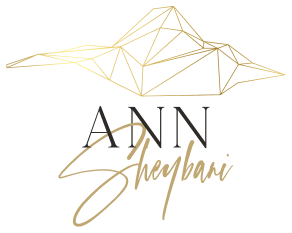I broke my ankle a number of years ago. I ended up in the gym after six weeks of going crazy at home, which is precisely what happens when I don’t run. I don’t tend to watch TV or music videos, but I happened to be on the stair-master one morning when this video caught my eye.
Now music videos are directed like movies, little 3-minute movies. It’s just like a short story or an essay. The producer (or is it the director?) has to capture meaning in a very few frames. Everything shown on the screen must count. Everything has to serve one or more purposes.
What caught my interest were the individual scenes that were glued together in a “framed” timeline. We enter the scene at the highest emotional state, then we go back in time to learn what happened, how we got to this stage. Finally, we end with the punch: the death of this loved one. We don’t start at the beginning and move sequentially in time to the end.
Each of these scenes is like a Lego block. The editor could have stuck them together in any number of ways.
What would happen if you started thinking about your writing project in terms of Lego blocks, little bricks that could be stuck together in an assortment of ways?
Think of a Lego block as one scene, one vignette, one backstory.
After all, only after you have enough of these bricks can you build a chapter, then a section, then a book.
Often, when we’re working on a book, we tend to get caught up in the timeline. We tend to write sequentially: first, this happened, then this, then this. And because we’re so busy trying to move along the timeline, we throw in stuff that doesn’t need to be there, stuff that’s merely filler. Our audiences don’t want extraneous material either. They want everything to count.
And readers want to be drawn into the story right away, as opposed to plodding through the setup for pages (if not entire chapters) on end.
Why not start in the middle, at the point when we’re experiencing the most pain, then go back in time with some backstory to explain how this all happened, how we got to this stage? Weave the beginning-of-the-timeline stuff between the lines of dramatic action to further heighten the tension.
Sure, we need the mundane stuff or the reader’ll be confused, but leading with it….not so good.
I invite you to free yourself up by thinking of your scenes or stories like individual bricks. Bricks that can be put together in all sorts of weird ways along the timeline. Just like the producer did in this music video.
Go MTV. Way to teach a lesson. And one more reason to explore other mediums to snag great ideas for your writing.

